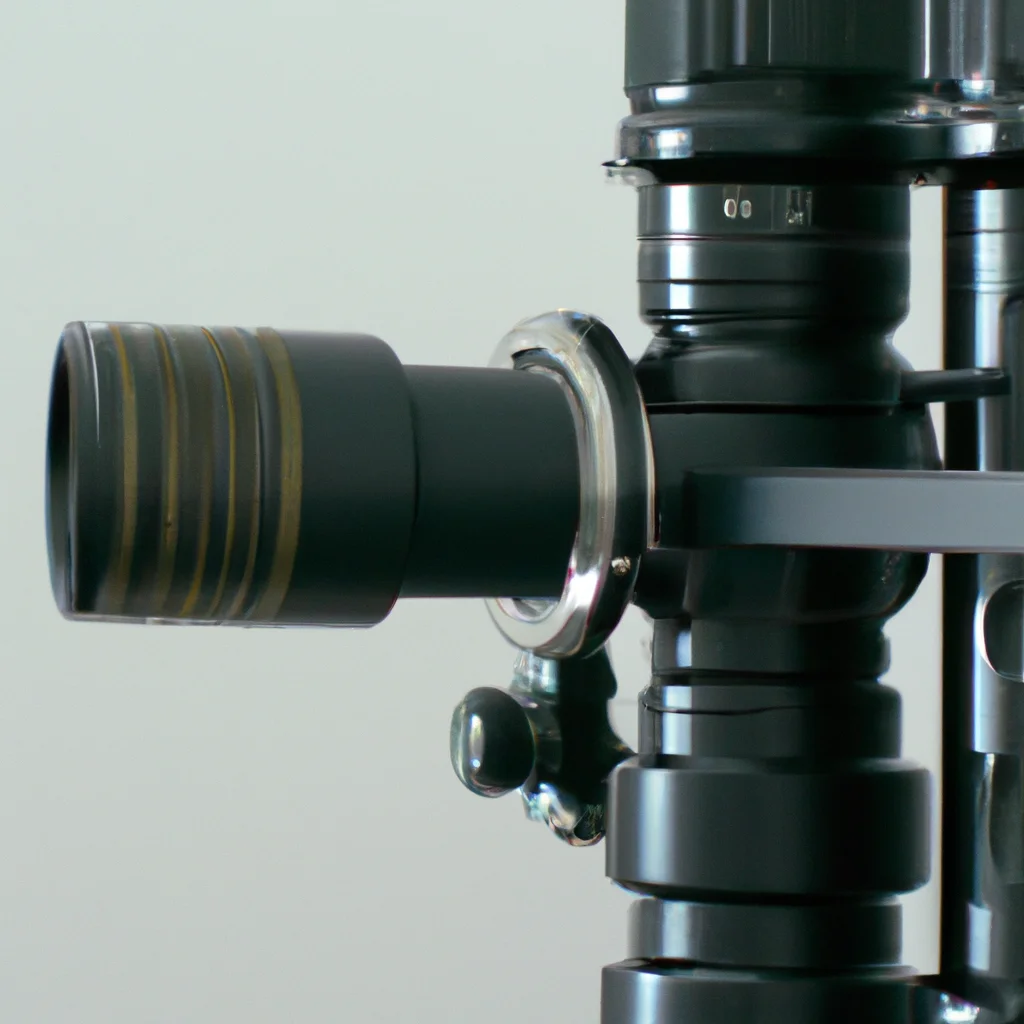How does a periscope work?


How does a periscope work?
A periscope is an optical device used to view objects from a concealed position or over an obstacle. It consists of a tube with mirrors or prisms at each end, which reflects light to produce an image that appears to be at eye level. Periscopes are commonly used in submarines, tanks, and other military vehicles to provide a view of the surrounding environment without exposing the crew to danger. In this article, we will explore in detail how a periscope works, its mechanism, uses, history, technology, and the different types of periscopes available.
Periscope Mechanism
A typical periscope consists of a tube with one or more mirrors or prisms at each end. The mirrors or prisms are arranged at an angle of 45 degrees to the tube, which reflects light at a right angle. The light enters the top of the tube and travels down to the bottom mirror, which reflects it to the observer’s eye. The observer can view the object by looking through the eyepiece located at the top of the tube.
Periscope Optics
Periscope optics are critical in ensuring that the reflected image is clear and bright. The mirrors or prisms used must be of high quality and precision-ground to ensure that they reflect light accurately. The tube must also be made of a material that does not distort the image, such as high-quality glass or plastic.
Periscope Mirror System
The mirror system used in a periscope can be either a simple or a complex design. A simple mirror system consists of two mirrors arranged at a 45-degree angle to the tube. The first mirror reflects the light down the tube, while the second mirror reflects the light back up to the eyepiece. A complex mirror system, on the other hand, can consist of multiple mirrors and prisms arranged in a precise manner to produce a clear and bright image.
Periscope Technology
Periscope technology has evolved significantly since its invention in the early 19th century. Modern periscopes can be equipped with advanced features such as night vision, thermal imaging, and digital recording capabilities. These features allow the user to view objects in low-light conditions and record images and videos for later analysis.
Submarine Periscope
The most well-known use of a periscope is in the submarine industry. Submarine periscopes are used to view objects above the waterline without exposing the submarine to detection. The periscope is mounted on the submarine’s conning tower and can be raised or lowered as needed. Modern submarine periscopes are equipped with advanced technology such as infrared cameras and laser range finders.
Periscope Uses
Periscopes are used in a variety of applications, including military, commercial, and scientific. Military uses include submarine periscopes, tank periscopes, and aircraft periscopes. Commercial uses include periscopes used in construction to view hard-to-reach areas, and in the automotive industry to inspect engines and other parts. Scientific uses include periscopes used in research to study plant and animal life in their natural habitats.
Periscope History
The first periscope was invented by Johann von Dreyse in 1827. The periscope was used in rifles to allow soldiers to view the battlefield without exposing themselves to enemy fire. The first submarine periscope was invented by Simon Lake in 1902. The periscope was used to view objects above the waterline while the submarine was submerged. Periscopes were also used in tanks during World War I to allow tank operators to view the battlefield without exposing themselves to enemy fire.
Conclusion
In conclusion, the periscope is an essential device used in a wide range of applications, from military to scientific. Its mechanism is simple yet effective, consisting of a tube with mirrors or prisms arranged at an angle of 45 degrees. Periscope optics and mirror systems are critical in ensuring that the reflected image is clear and bright. Periscope technology has evolved significantly, allowing for advanced features such as night vision and digital recording capabilities. The history of the periscope dates back to the early 19th century, and its uses continue to expand in modern times.
Recent Posts
How do I create an engaging and informative online quiz or assessment?
Creating an engaging and informative online quiz or assessment can be a powerful tool for… Read More
What are the most effective methods for managing and reducing work-related stress in the hospitality industry?
Work-related stress is a common issue in the hospitality industry, where employees often face long… Read More
How can I improve my assertiveness and communication skills in a leadership position?
In a leadership position, assertiveness and effective communication skills are crucial for success. Being able… Read More
What are the key elements of a successful employee recognition and rewards program?
Employee recognition and rewards programs play a crucial role in motivating and engaging employees, as… Read More
How do I effectively manage and respond to customer feedback and reviews?
Customer feedback and online reviews play a crucial role in shaping a company's reputation and… Read More
What are the best strategies for effective time management as a stay-at-home parent?
Effective time management is crucial for stay-at-home parents who juggle multiple responsibilities on a daily… Read More